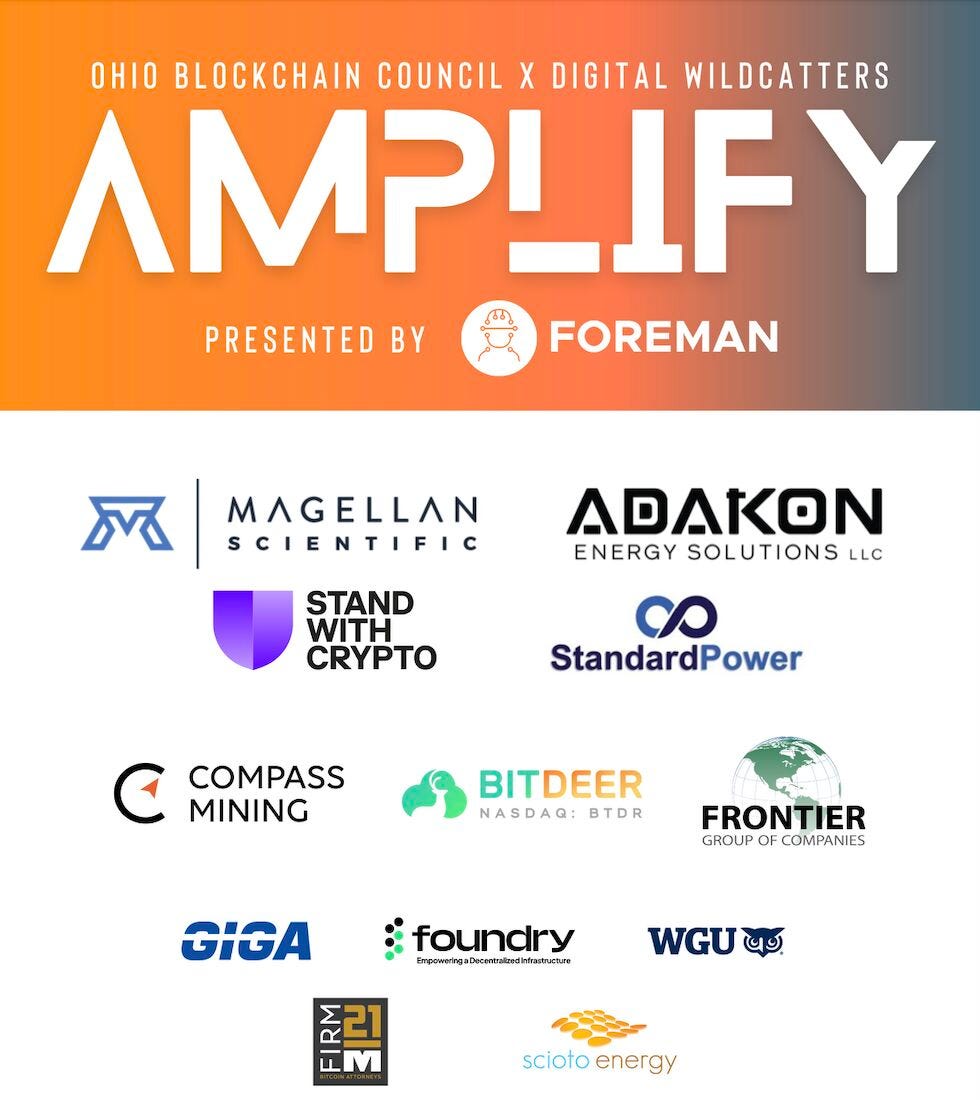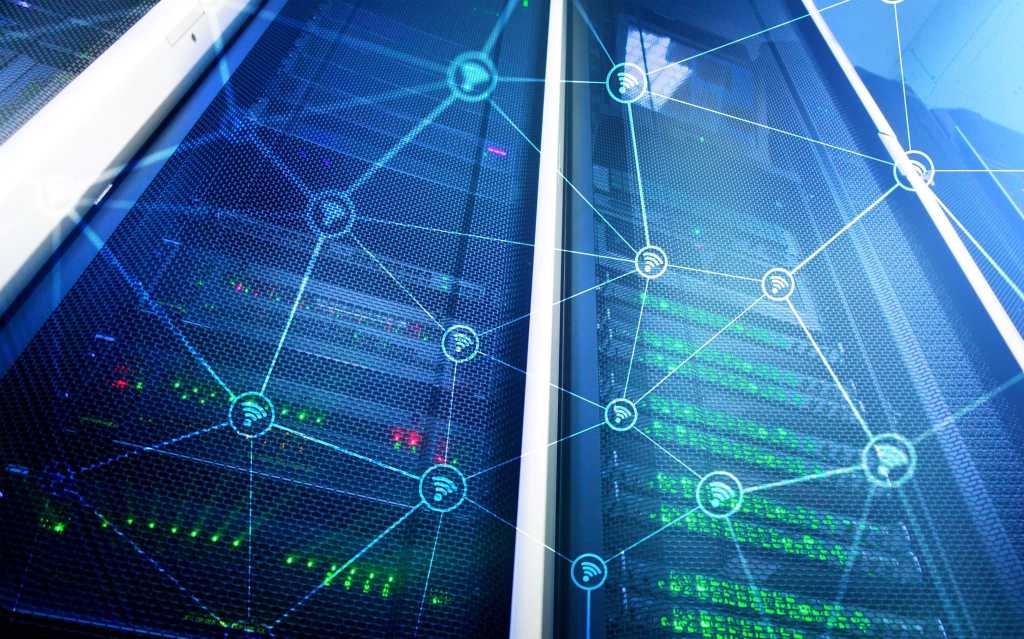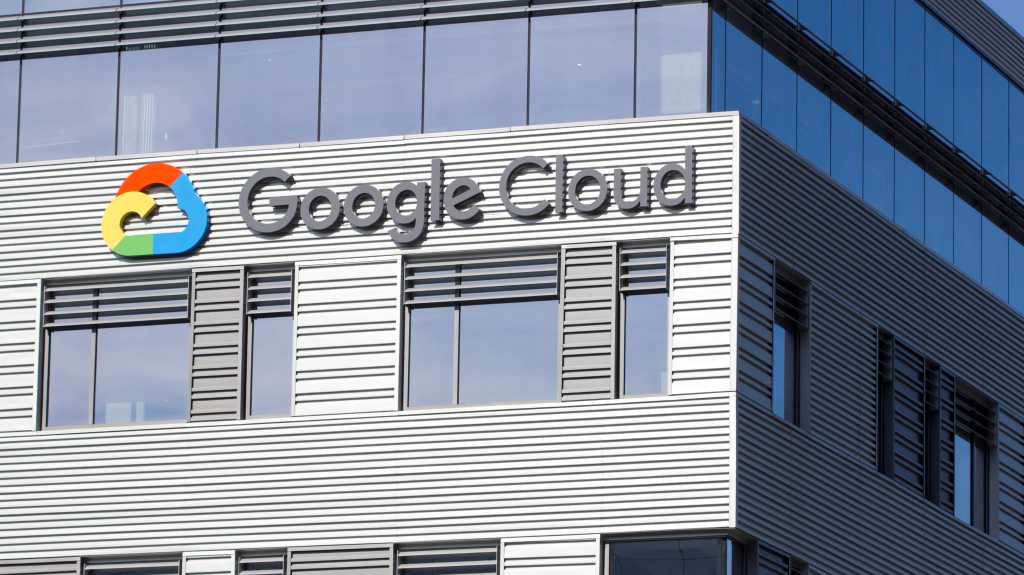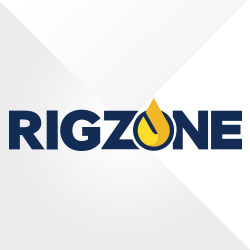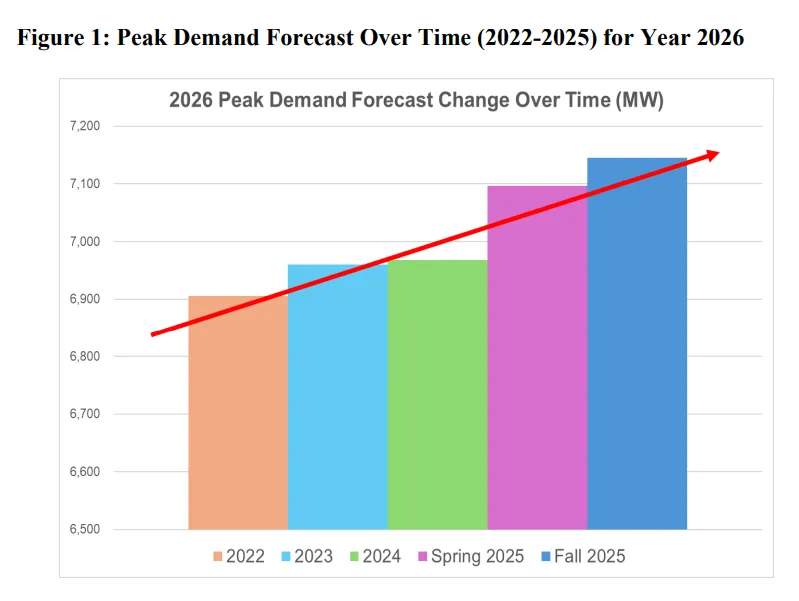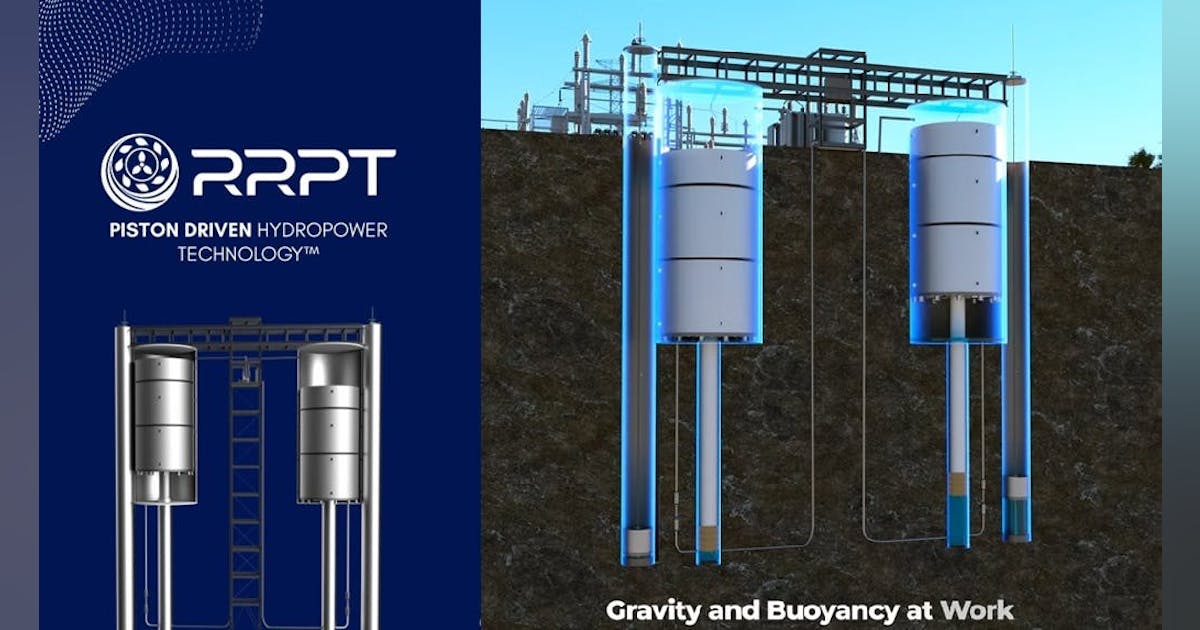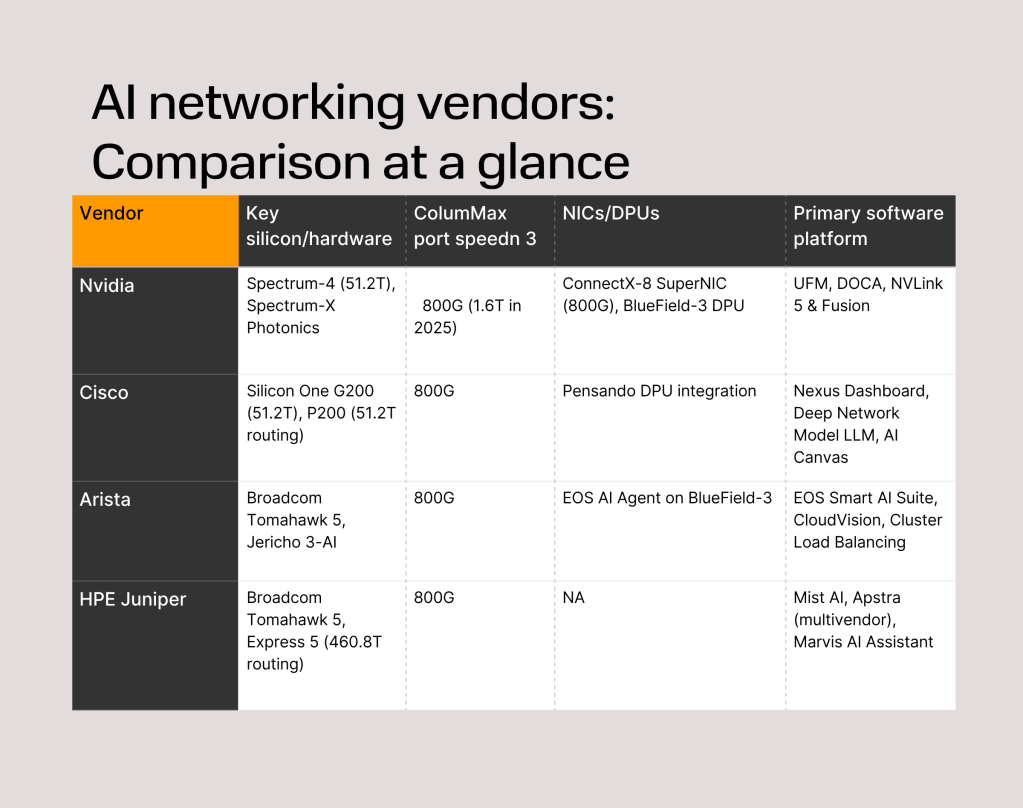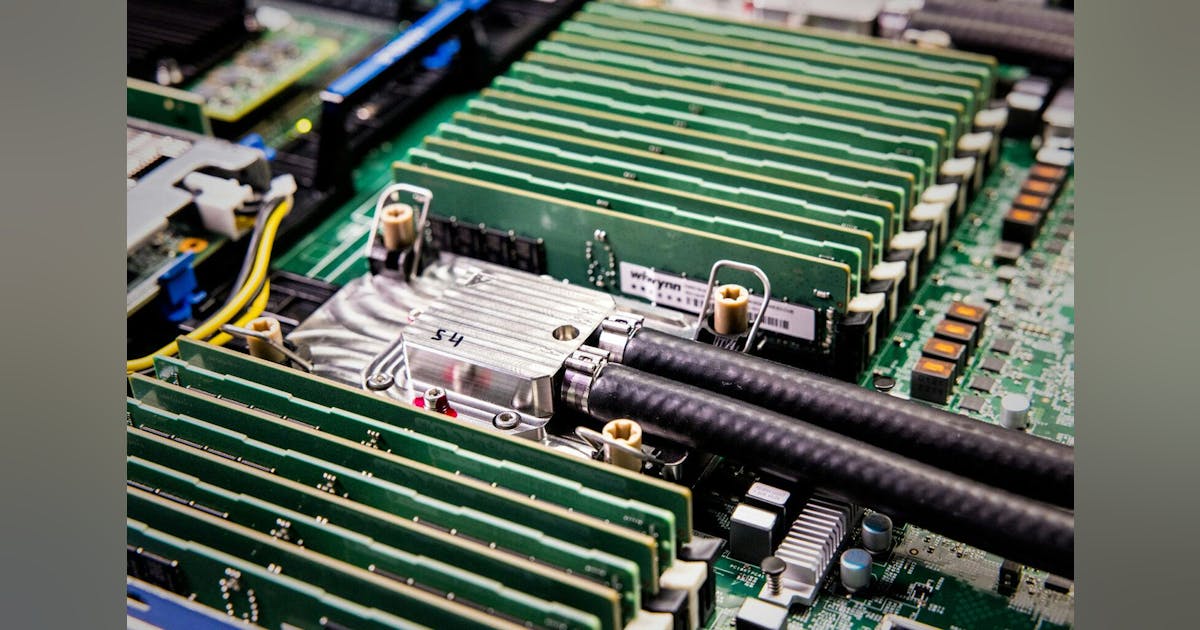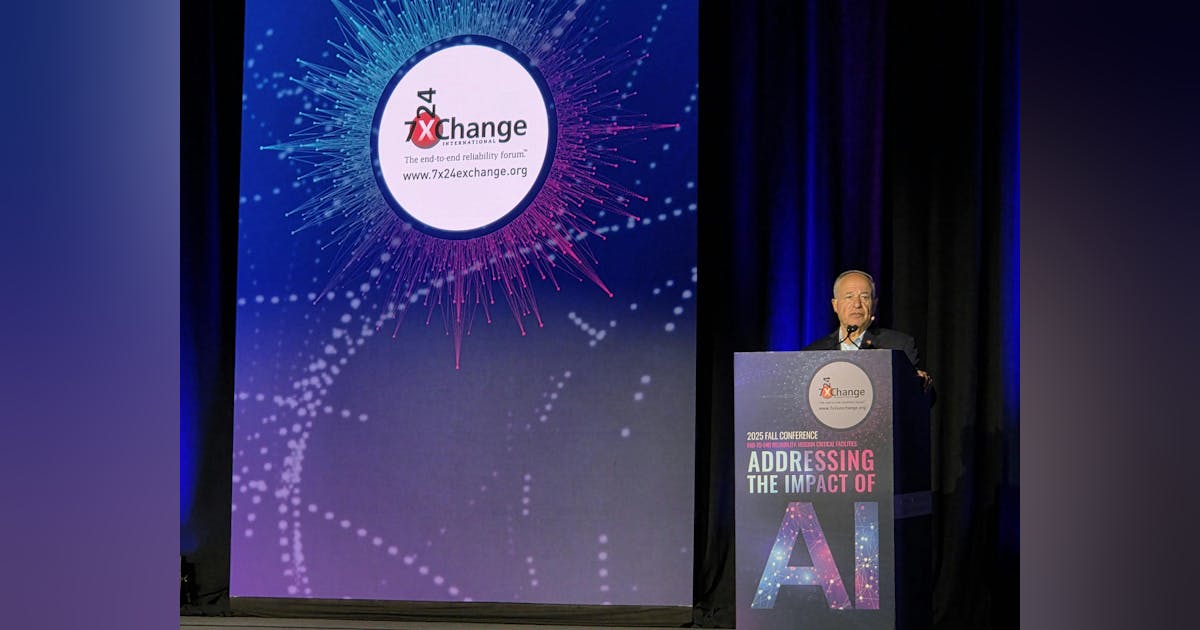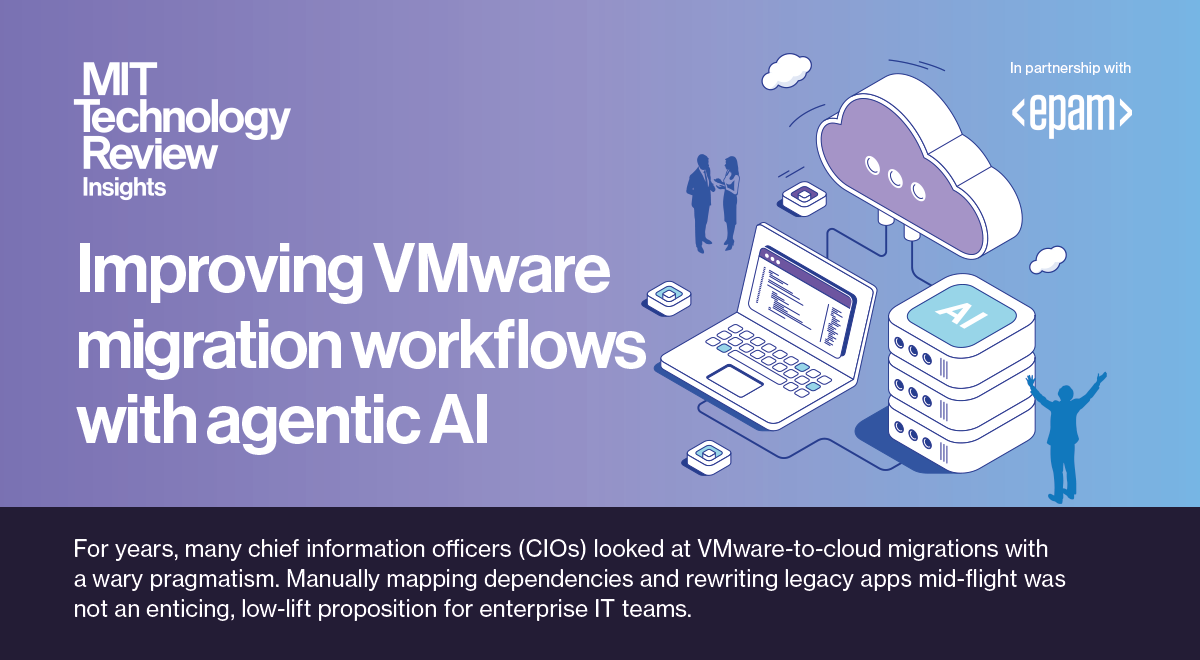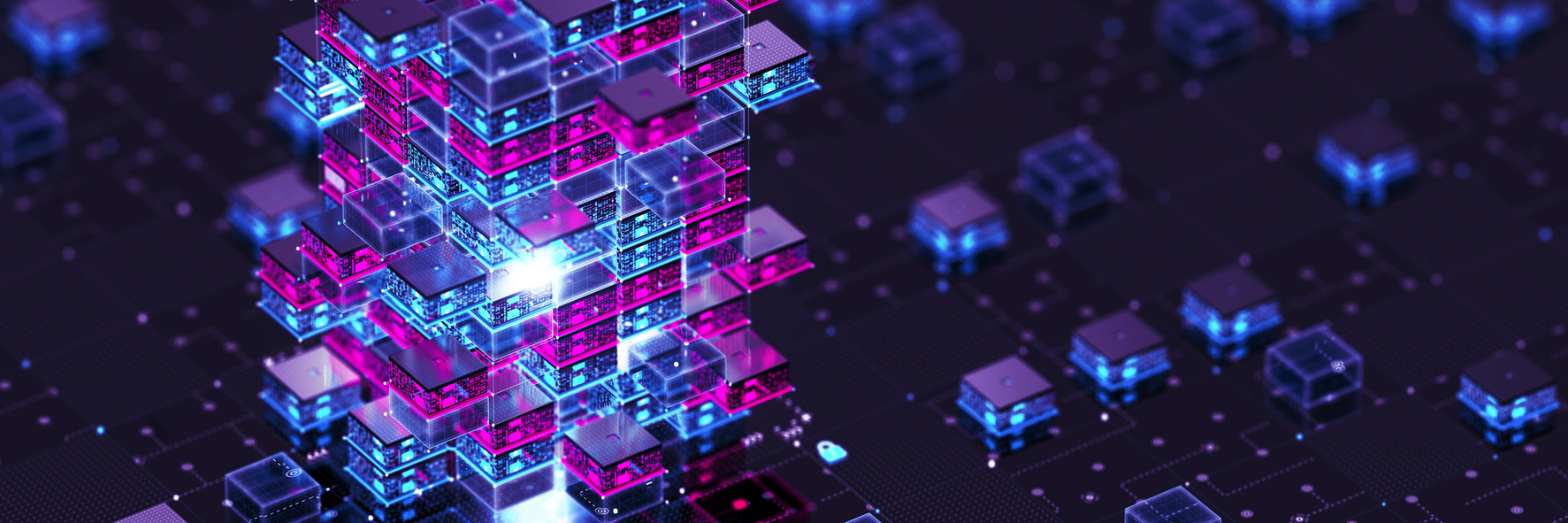W39 ’24 | 9.23-9.29.24 | Issue XCIX | Block Height 863404
Welcome to the latest issue of the Vibe Check, your weekly source at the intersection of Bitcoin, Energy, and Bitcoin Mining.
Grab a ☕ and start the week with all the metrics and stories that shake and bake the Bitcoin Mining industry.
Subscribe and share with your friends, colleagues, and family!
W39 ‘24 Vibe Check
-
The Overview Vibe
-
Weekly Industry Metrics
-
Headlines & News
-
The Media Vibe
-
Energy Corner
-
The Meme Vibe
The Overview Vibe
Bitcoin rallied over to ~$65,000 this week as ETF in-flows topped 10K BTC and Binance Founder CZ was released from jail. While hashrate flowed up and settled marginally down at 631 EH/s, the ~4% downward difficulty adjustment provided a levered increase of ~9% in hashprice. Hashprice tagged ~$48/PH/Day, marking almost two months high. Miners can look to capitalize on this short-term dynamic. Having ASICs on during downward difficulty adjustments and BTC price run-ups can help heal the scars from the last quarter of low hashprice.
Wall Street projected bullish vibes with BNY Mellon being granted an SEC expectation to custody of non-ETF digital assets. BlackRock changed its agreement with Coinbase to mandate on-chain withdraws every 12 hours, derisking any funny business on behalf of their custodian. Payments giant Paypal launched buy/sell/hodl capabilities for its business account, opening the rails for BTC treasury strategies to any business user looking to get their Micheal Saylor on.
The public sector stayed calm before monthly updates due next week, with BITF and RIOT announcing a settlement to their spicy summer takeover novela. The settlement tldr is 1) Amy Freedman (RIOT’s board nominee) is appointed to the board ASAP (with Andrés Finkielsztain stepping down), 2) RIOT withdrawals its June 24, 2024 requisition for a special board meeting, and 3) RIOT is provided with certain rights to purchase more shares. It seems that for now, both firms will chill baby chill and focus on their hashrate growth.
Following up on their ASIC hosting partnership with Bitmain last week, Hut 8 announced their GPU-As-A-Service business, deploying 1000 NVIDIA H100 GPUs at a third-party data center in Chicago. This is in line with Cathedra’s Drew Armstrong’s post on “Hey don’t build a tier 3 data if you are getting into HPC”. Bitdeer released the results of their SEAL02 chip, boasting ~13J/T efficiency. Sheeessh! Check out pennyether’s commentary here.
Across the private sector, Swan Bitcoin dropped a lawsuit against former employees and consultants of their Bitcoin mining business. Swan alleges that they stole software IP (lol, DASHBOARDS ARE NOT IP IN BITCOIN MINING, tell them, Marshall, lol) and their overall mining business. They imply that the mining management team and Tether conspired together to cut them out. While I am sure there is yet so much to learn in the public forum of the courts, the lawsuit makes Swan look pretty salty in a deal that they had marginal value add-in, if any at all. Remember kids, work on being objectively value add and chill. The moment you aren’t doing either, too bad so sad.
So I forgot to sub one of my players on my fantasy football team this week and I am def gonna lose 🙁 I hope y’all had a great weekend, called your mom, and stayed hydrated! Ping me if y’all are at Amplify in Ohio this week, would love to see y’all there!
Bitcoin/Mining Metrics
-
BTC price2: ~$65,863.80 @ EOW. +4.83% WOW.
-
Hash price1: $47.55 PH/Day @ EOW. +9.92% WOW.
-
Network Hashrate (SMA 7 Day)1: ~631 EH/s @ EOW. -0.094% WOW.
-
Difficulty1: 88.4 T @ EOW. -4.40% WOW.
-
ASIC Retail Price (s19/m30 family)1: $6.05/TH/s @ EOW. 0.00% WOW.
Sources: Hashrate Index1, Bitbo2
Headlines & News
Featured
-
Riot, Bitfarms Reach Settlement in Hostile Bitcoin Mining Takeover Bid – TheMinerMag.
-
Swan Bitcoin sues former employees, alleges theft of bitcoin mining business – BlockSpace Media.
-
Bitdeer Completes Testing of its Latest SEAL02 Bitcoin Mining Chip – Press Release.
-
Binance Founder Changpeng ‘CZ’ Zhao Is a Free Man – CoinDesk.
General PubCo Updates
-
IREN achieves 20 EH/s milestone – Press Release.
-
Hut 8 GPU-as-a-Service Vertical Goes Live with Inaugural Deployment – Press Release.
-
LM Funding America, Inc. estimates that the 135.7 Bitcoin holdings on August 31, 2024, were valued at approximately $8.7 million in their monthly updates – Press Release.
Capital Markets & M&A
-
Bitfarms Co-Founder Sells Shares After Stepping Down from Board – TheMinerMag.
Regulatory/Legal Updates
-
Rhodium Seeks Court Order for Bitcoin Mining Sales in Chapter 11 – TheMinerMag.
-
Revolve Labs Withdraws Bitcoin Mining Proposal After Minnesota Residents’ Outcry – TheMinerMag.
Hardware/Tech Updates
-
Introducing LuxOS integration with Foreman – Hashrate Index
-
OCEAN Restoring Bitcoin Mining Decentralization – Press Release.
Research/Reports/Newsletters
-
The Miner Weekly – Is China Really Dominating Bitcoin Mining… Again?
-
Hashrate Index – Weekly Hashrate Market Update (September 23, 2024)
The Media Vibe
Energy Corner
The Meme Vibe
Subscribe and keep your eye out for the development of the Vibe Check throughout 2024!

